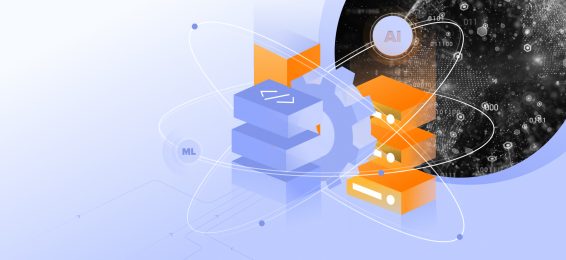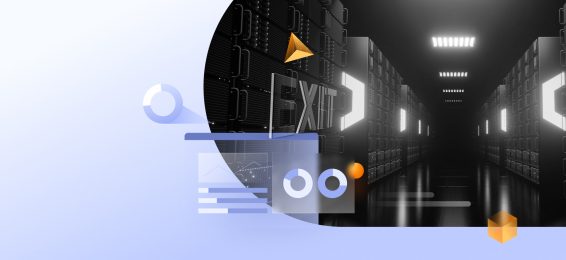A big data pipeline differs from a standard one because of the need to process massive data volumes. When systems need to effectively handle petabytes of data, traditional pipelines can become unreliable and increase the risk of downtime.
To address these challenges, big data pipeline management emphasizes four key features.
- Scalability. A big data pipeline needs to effectively serve large datasets and accommodate data volume growth over time.
- Flexibility. A big data pipeline is expected to handle different types of structured, semi-structured, and unstructured data. Additionally, big data pipelines should support both batch and stream processing.
- Reliability. Big data pipeline infrastructure should have resilient fault tolerance mechanisms and distributed architectures that reduce the impact of architecture breakdowns.
- Designed for real-time processing. An effective big data pipeline allows businesses to extract and analyze large input volumes with minimum latency, enabling seamless decision-making.
Big data pipeline use case examples
In the last decade, most industries have doubled down on data collection tools and strategies, allowing them to tap into large amounts of customer, product, and market data. Building a big data pipeline to unlock the total value of these insights helps innovative companies in all fields drive change and stay ahead of emerging trends.
- Retail companies use big data to monitor product sales, track consumer trends, monitor foot traffic, and ensure customer satisfaction.
- Healthcare providers create big data transformation pipelines to process patient or drug data, improving internal operations, discovering effective treatments, and improving the standard of care.
- Finance and banking institutions leverage big data to monitor large transaction logs, predict trends, and improve the quality of client service.
- Media companies rely on big data processing to analyze social media content in real-time, improve HD streaming, and monitor the performance of in-stream ads as they air.
- Manufacturing facilities need scalable data pipelines to prevent overhead, keep track of the state of equipment, and lower production costs at every pipeline stage.
- CPG brands leverage big data to discover market opportunities for product launches, monitor the performance of their products across retail stores, and tap into consumption patterns.



